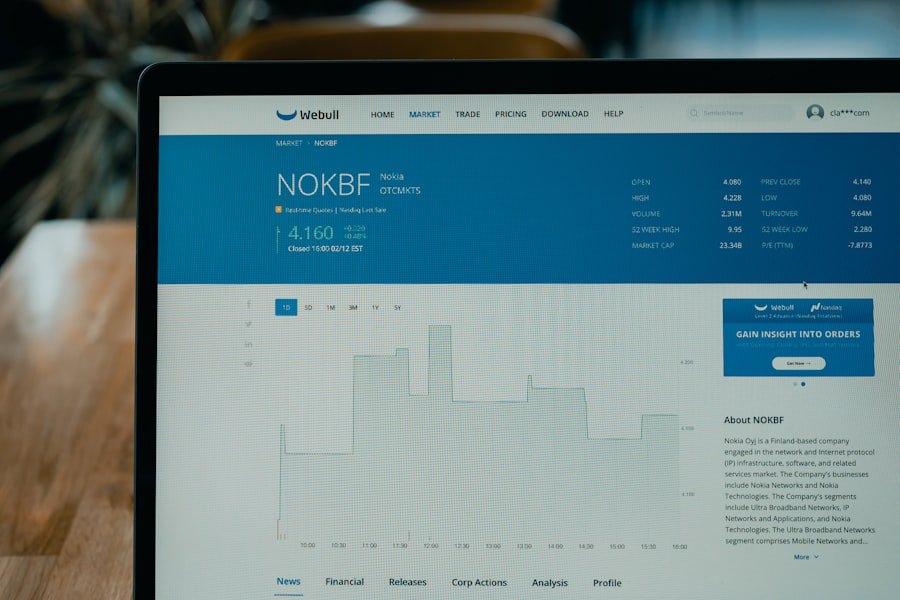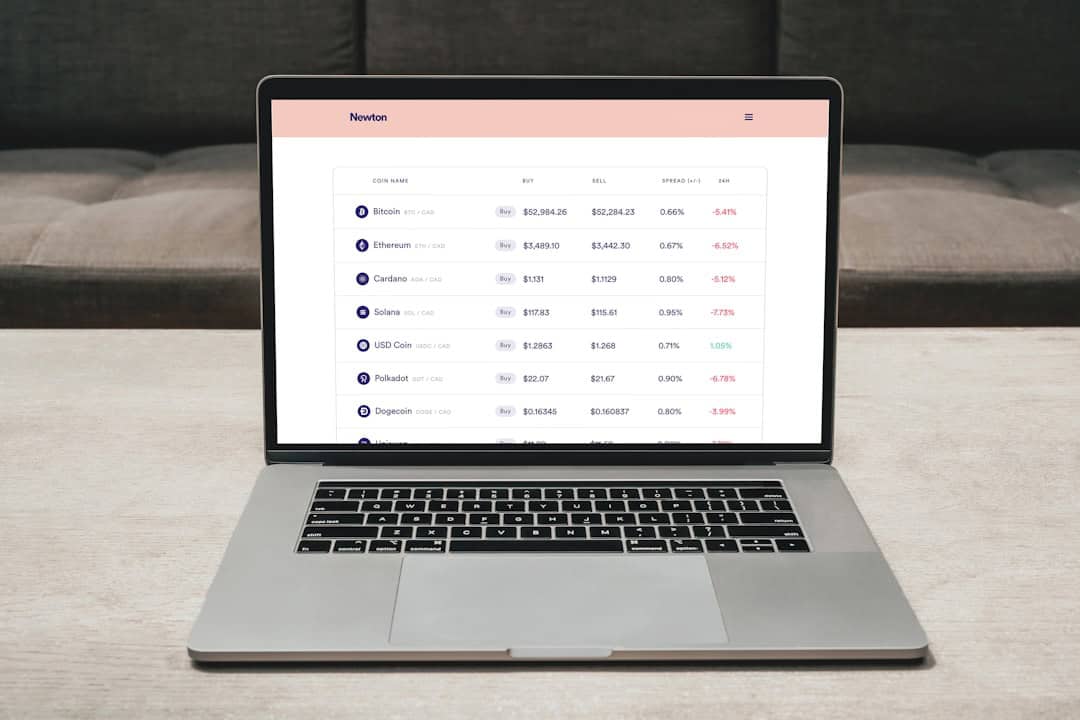Web Application Firewall (WAF) is a critical cybersecurity tool designed to protect web applications from various online threats. It functions by monitoring and filtering HTTP/HTTPS traffic between a web application and the Internet, acting as a protective barrier. WAFs inspect all incoming and outgoing traffic to identify and block malicious activities, making them essential for businesses and organizations that rely on web applications for their operations.
WAFs are specifically engineered to defend against a wide array of cyber threats, including SQL injection, cross-site scripting, and other common web application vulnerabilities. They also provide protection against unauthorized access attempts, data breaches, and denial-of-service attacks. By implementing a WAF, organizations can significantly enhance the security of their web applications and safeguard sensitive data from unauthorized access.
The importance of WAF Cybersecurity cannot be overstated for any organization that depends on web applications to conduct business. It serves as a crucial layer of defense, helping to prevent costly data breaches and other cyber attacks that could potentially compromise an organization’s operations, reputation, and financial stability.
Key Takeaways
- WAF cyber security is essential for protecting online assets from various threats
- Protecting online assets is crucial for maintaining business continuity and reputation
- WAF cyber security works by analyzing and filtering web traffic to block malicious activity
- Common threats to online assets include DDoS attacks, SQL injection, and cross-site scripting
- Best practices for implementing WAF cyber security include regular updates, monitoring, and testing for vulnerabilities
The Importance of Protecting Your Online Assets
Protecting your online assets is crucial for the success and security of your business or organization. In today’s digital age, cyber threats are constantly evolving, and organizations must take proactive measures to safeguard their online assets from malicious actors. Without proper protection, web applications are vulnerable to a wide range of cyber attacks, including data breaches, malware infections, and denial-of-service attacks.
These attacks can have devastating consequences for businesses, including financial losses, damage to reputation, and legal liabilities. By implementing WAF cyber security, organizations can protect their online assets from a variety of cyber threats. A WAF acts as a shield for web applications, monitoring and filtering incoming and outgoing traffic to detect and block malicious activity.
This helps prevent unauthorized access to sensitive data, as well as the exploitation of common web application vulnerabilities. Protecting your online assets with WAF cyber security is essential for maintaining the trust of your customers and partners, as well as ensuring the long-term success and security of your business or organization.
How WAF Cyber Security Works

WAF cyber security works by monitoring and filtering HTTP/HTTPS traffic between a web application and the Internet. When a user sends a request to access a web application, the WAF inspects the request to ensure that it does not contain any malicious activity. If the request is deemed safe, it is allowed to pass through to the web application.
However, if the request is found to contain malicious activity, the WAF blocks it from reaching the web application, preventing potential harm. WAF cyber security uses a variety of techniques to detect and block malicious activity, including signature-based detection, behavior-based detection, and anomaly detection. Signature-based detection involves comparing incoming traffic to a database of known attack signatures, while behavior-based detection analyzes the behavior of incoming traffic to identify potential threats.
Anomaly detection looks for deviations from normal traffic patterns, which may indicate the presence of malicious activity. By using these techniques, WAF cyber security can effectively protect web applications from a wide range of cyber threats.
Common Threats to Online Assets
| Threat Type | Description |
|---|---|
| Malware | Software designed to damage or gain unauthorized access to a computer system. |
| Phishing | Fraudulent attempt to obtain sensitive information by disguising as a trustworthy entity. |
| DDoS Attacks | Deliberate attempt to make an online service unavailable by overwhelming it with traffic from multiple sources. |
| Ransomware | Malware that encrypts a user’s data and demands payment for the decryption key. |
| Data Breaches | Unauthorized access and retrieval of sensitive information. |
There are several common threats to online assets that organizations must be aware of in order to effectively protect their web applications. One of the most prevalent threats is SQL injection, which involves attackers inserting malicious SQL code into input fields on a web application in order to gain unauthorized access to its database. Another common threat is cross-site scripting (XSS), which involves attackers injecting malicious scripts into web pages viewed by other users.
Additionally, denial-of-service (DoS) attacks are a significant threat, as they can overwhelm web applications with traffic in order to disrupt their normal operation. Other common threats to online assets include malware infections, which can compromise the security of web applications and lead to data breaches, as well as unauthorized access to sensitive data. By understanding these common threats, organizations can take proactive measures to protect their online assets from potential harm.
Best Practices for Implementing WAF Cyber Security
When implementing WAF cyber security, there are several best practices that organizations should follow in order to effectively protect their online assets. First and foremost, organizations should conduct a thorough risk assessment to identify potential vulnerabilities in their web applications. This will help determine the specific security requirements for their WAF implementation.
Additionally, organizations should regularly update their WAF rules and policies to ensure that they are effectively protecting against the latest cyber threats. It is also important to monitor WAF logs and alerts in order to quickly identify and respond to potential security incidents. Finally, organizations should regularly test their WAF implementation to ensure that it is effectively protecting their web applications from potential harm.
Choosing the Right WAF Cyber Security Solution

When choosing a WAF cyber security solution, organizations should consider several factors in order to select the right solution for their specific needs. First and foremost, organizations should consider the scalability of the WAF solution, as well as its ability to effectively protect against a wide range of cyber threats. Additionally, organizations should consider the ease of integration with their existing infrastructure, as well as the level of support provided by the WAF vendor.
It is also important to consider the cost of the WAF solution, as well as any additional features or capabilities that may be required to effectively protect online assets. Finally, organizations should consider the reputation and track record of the WAF vendor in order to ensure that they are selecting a reliable and effective solution for their cyber security needs.
The Future of WAF Cyber Security
The future of WAF cyber security is likely to involve continued innovation in order to effectively protect against evolving cyber threats. As attackers continue to develop new techniques for compromising web applications, WAF solutions will need to adapt in order to effectively protect against these threats. Additionally, advancements in artificial intelligence and machine learning are likely to play a significant role in the future of WAF cyber security, as these technologies can help identify and respond to potential security incidents in real time.
Furthermore, the increasing adoption of cloud-based infrastructure is likely to impact the future of WAF cyber security, as organizations will need solutions that can effectively protect web applications hosted in cloud environments. Overall, the future of WAF cyber security is likely to involve continued innovation in order to effectively protect online assets from evolving cyber threats. By staying informed about these developments and taking proactive measures to protect their web applications, organizations can ensure the long-term success and security of their online assets.
If you’re interested in learning more about the impact of the metaverse on cybersecurity, check out this article on the significance and impact of the metaverse here. It provides valuable insights into how the metaverse could potentially impact cybersecurity and the measures that need to be taken to ensure a secure virtual environment.
FAQs
What is a WAF in cyber security?
A WAF, or web application firewall, is a security solution designed to protect web applications from a variety of attacks, including cross-site scripting (XSS), SQL injection, and other common threats.
How does a WAF work?
A WAF works by monitoring and filtering HTTP/HTTPS traffic between a web application and the Internet. It inspects incoming traffic and blocks malicious requests before they reach the web application.
What are the benefits of using a WAF?
Using a WAF can help protect web applications from a wide range of cyber attacks, including those targeting vulnerabilities in the application itself. It can also help organizations comply with security standards and regulations.
What are some common features of a WAF?
Common features of a WAF include protection against OWASP top 10 threats, bot mitigation, SSL/TLS termination, and the ability to create custom security rules.
How does a WAF differ from a traditional firewall?
While a traditional firewall focuses on network traffic, a WAF specifically targets web application traffic. It provides more granular control and protection for web applications.
Is a WAF a standalone solution or part of a larger security platform?
A WAF can be a standalone solution, but it is often integrated into a larger security platform that includes other security features such as DDoS protection, API security, and more.











Leave a Reply